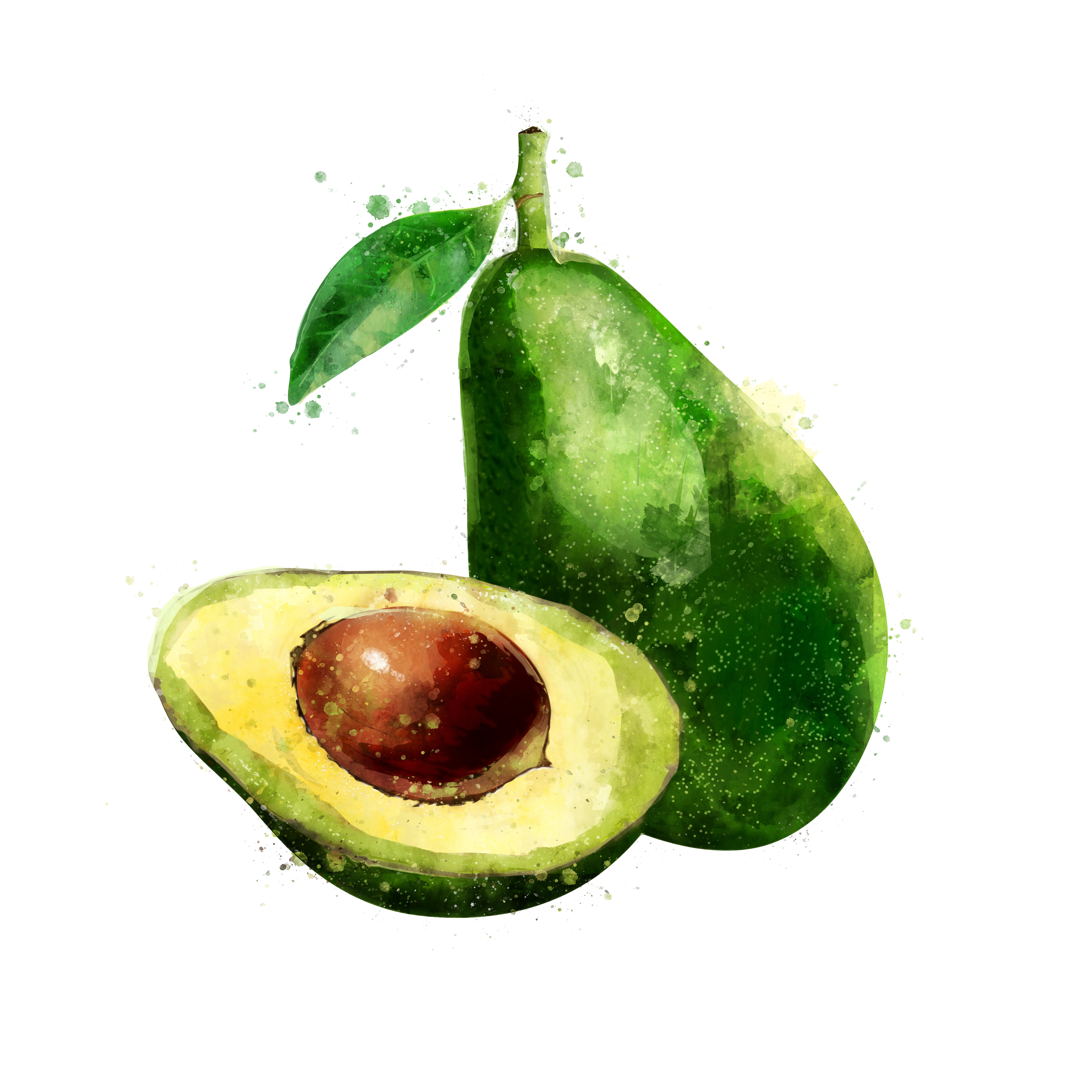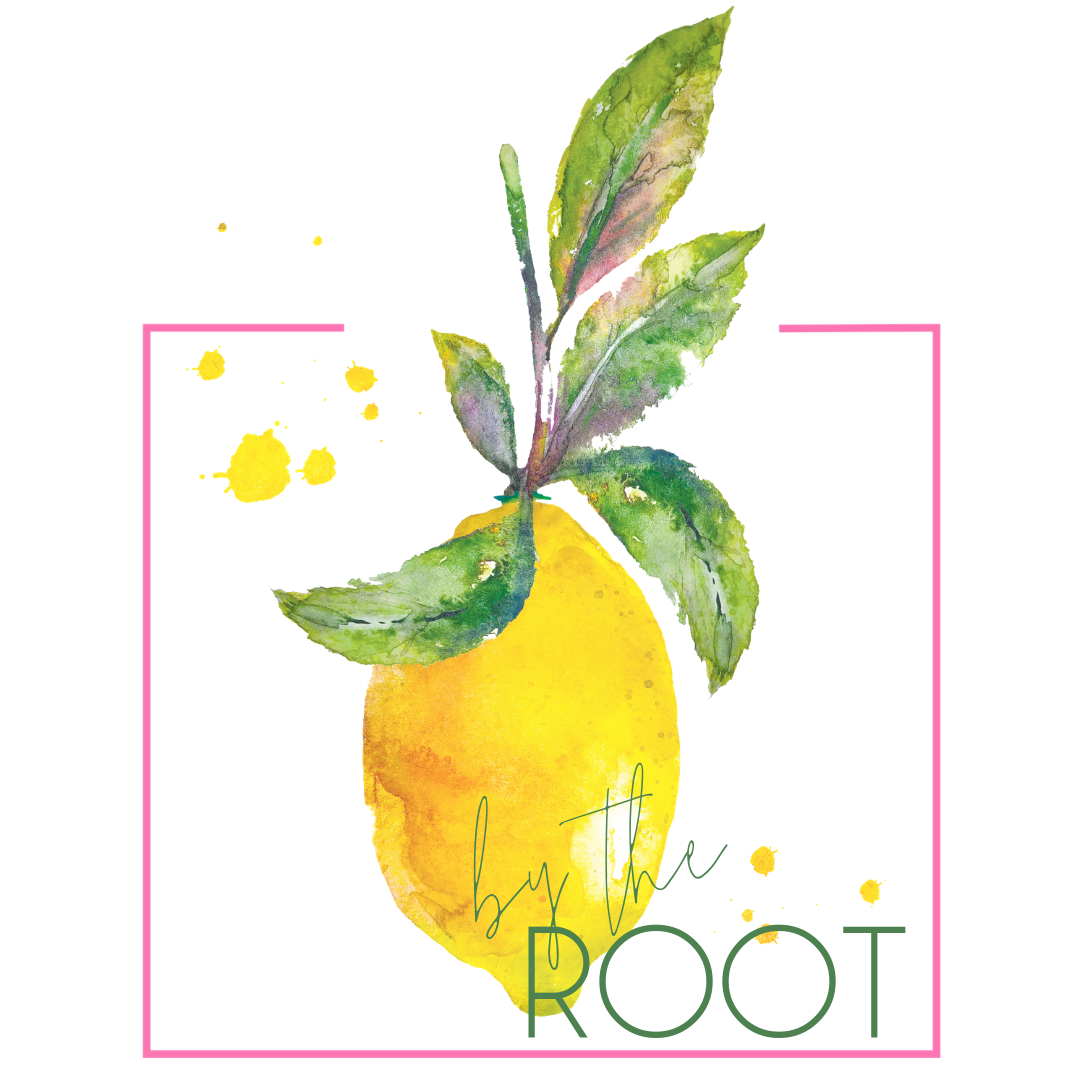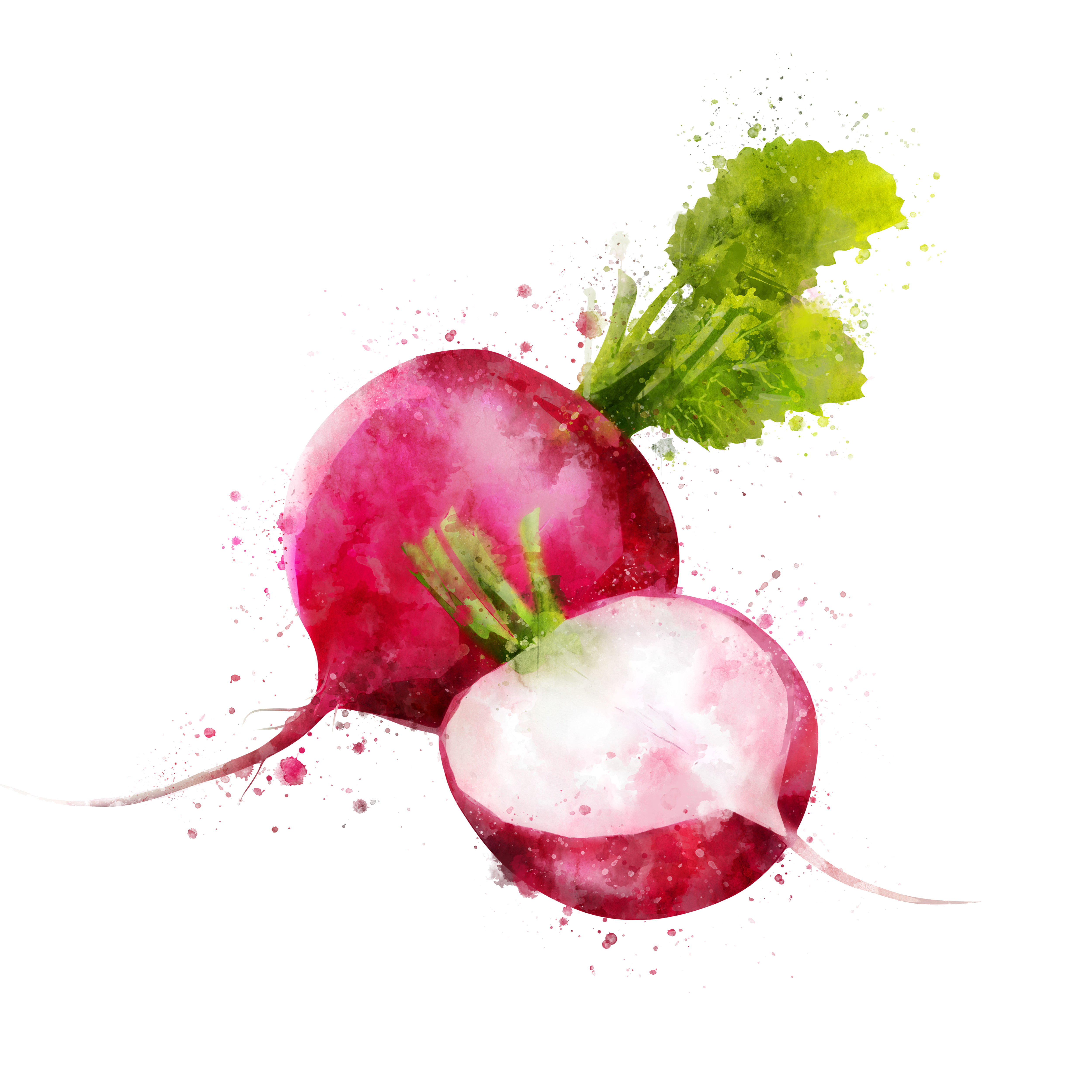There’s so much more to salt than just making food taste good and us feel bloated. Salt is made up of sodium (Na) and chloride (Cl), but it is the sodium part we are most concerned with.
Sodium is arguably the most essential mineral in our body. It plays a role in just about every bodily function, including muscle contractions, nerve communication, nutrient exchange and blood pressure control. Thus, sodium levels are tightly controlled by many complex physiologic mechanisms in your body to ensure all systems are functioning properly.
Luckily for us, the human body is very resilient–that’s why daily fluctuations in food and nutrient intake aren’t necessarily harmful, and most of the time we don’t even notice.
However, as with anything, moderation is key. Extreme imbalances in the short term or chronic salt abuse overtime are both causes of concern that may result in irreparable damage or even death.
There are two things you should be aware of in terms of short-term sodium imbalances (especially if you are an athlete):
- Hyponatremia (too little sodium in the blood) is a condition that can be caused by excessive water intake, excessive sweating, or extremely low sodium intake. This is most common in athletes, such as marathon runners who overhydrate with water and forgo the sports drink or gel, or in football players during preseason practicing in extreme heat, sweating profusely and gulping down water all day. Hyponatremia is easily treated, such as eating salty foods/snacks after a practice, but can be fatal if not addressed immediately.
- The opposite problem, hypernatremia, is more related to dehydration, but still important to know (like running a marathon and not hydrating at all). In this case, water is drawn out of your cells to dilute the electrolytes in your blood (think shrinking brain cells…). Just like hyponatremia, hypernatremia is easily treated. The body is more than capable of bouncing back and returning to normal.
But what about those of us who aren’t running marathons or sweating it out in SoulCycle twice a day?
For most of us, the scariest problem is actually the least obvious and likely won’t manifest itself until you are much older. Once it does, there’s no turning back either. You can’t reverse the effects of chronic salt abuse.
Here is why:
Blood is constantly passing through your kidneys so that waste can be filtered out (surprise! Your liver isn’t the only ‘detox’ organ). When you forget to drink water all day or after a grueling workout, your kidneys can sense that your blood volume has decreased (less water) and there is now a higher concentration of electrolytes (like sodium and potassium) in your blood. Your kidneys respond by holding onto what little water they can and concentrate your urine, giving it that dark yellow color (it should be light yellow/colorless).
With that in mind, consider that you just ate a really salty/high sodium meal, like a chipotle salad bowl for lunch (ranging from 1600 to over 2000 mg of sodium… yikes!)
Your kidneys are smart—they start retaining water to dilute the excess sodium in your blood (feeling bloated anyone?). This increases your blood volume and consequently your blood pressure.
Here’s another way to look at it: as your body holds onto water in any way it can to balance out a high blood sodium level, all of this increases cardiac output—the amount of blood your heart pumps in a given amount of time.
An increased cardiac output isn’t necessarily a bad thing, but when you’re constantly retaining extra fluid, and your blood vessels don’t decrease their resistance to the flow of blood, your heart has to work even harder to pump blood throughout your body.
Now this is where it all goes downhill.
This high blood pressure is not only wearing on the heart, but it is also harmful to the delicate filtration system of the kidney, causing proteins and other precious molecules to leak out into urine (this is a big no-no). The kidney has to constantly work harder to do its job and for some, the kidney may give up, leaving you with chronic kidney disease (CKD)—this wear and tear is irreversible.
The point of all this is that salt matters. Eating too little one day and too much the next probably won’t result in kidney failure. If anything, you may get harmless muscle cramps or feel bloated… But if you engage in chronic salt abuse you are bound to run into trouble. Even if you don’t end up with CKD, there is still the potential for stroke, heart failure, osteoporosis, and even stomach cancer (and thanks to genetics, some people are more susceptible than others to the risks associated with excessive sodium intake).
My advice? Become familiar with the sodium content of the foods you’re eating, especially with what you pick up at the grocery store. Always choose whole foods over processed, and if you need a snack, opt for fresh fruit and veggies or unsalted nuts whenever possible.
“Salty” Facts
- The American Heart Association recommends eating no more than 1,500mg for optimal heart health, and up to 2,300mg at the most. (On average, Americans consume more than 3,400mg per day!)
- Processed foods are arguably the number one contributor to overall sodium intake. (and YES, that includes protein bars, cereals, yogurts, condiments, cheeses, breads, and especially frozen meals).
- 1 plain bagel (500 mg) + 1 small package of cream cheese (270 mg) = 770mg of sodium in one sitting! (That’s ½ the daily recommended amount)
- ½ teaspoon = 1,150 mg sodium
- 1 teaspoon = 2,300 mg sodium
- A “low sodium” product has 150 mg or less of sodium.
- Your body actually only needs a little less than 500 mg of sodium per day to function properly (which you can easily get from whole foods alone). This number increases if you’re an athlete, a salty sweater, have certain health problems, etc.



